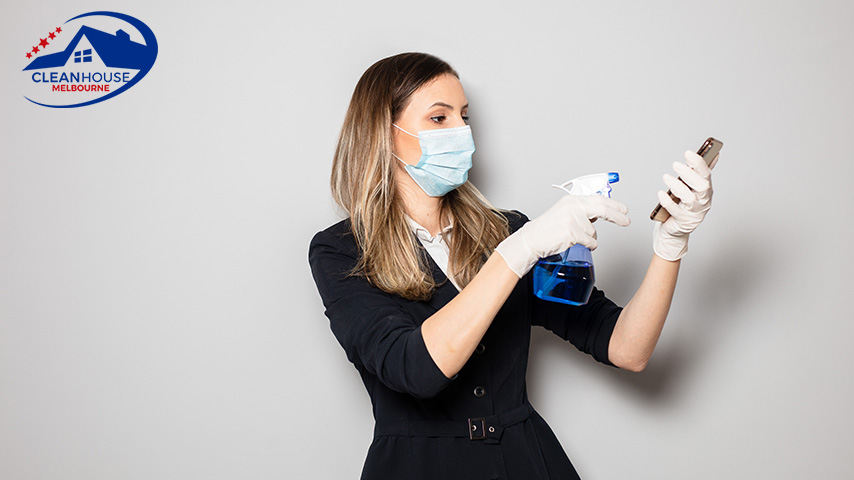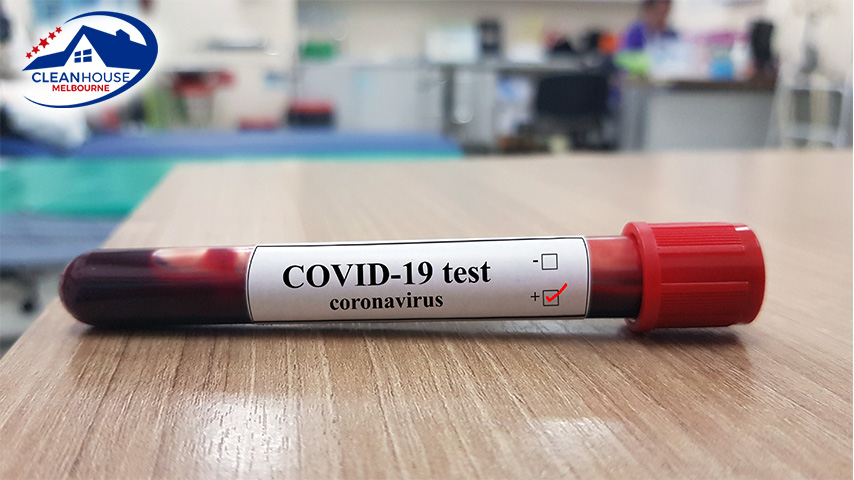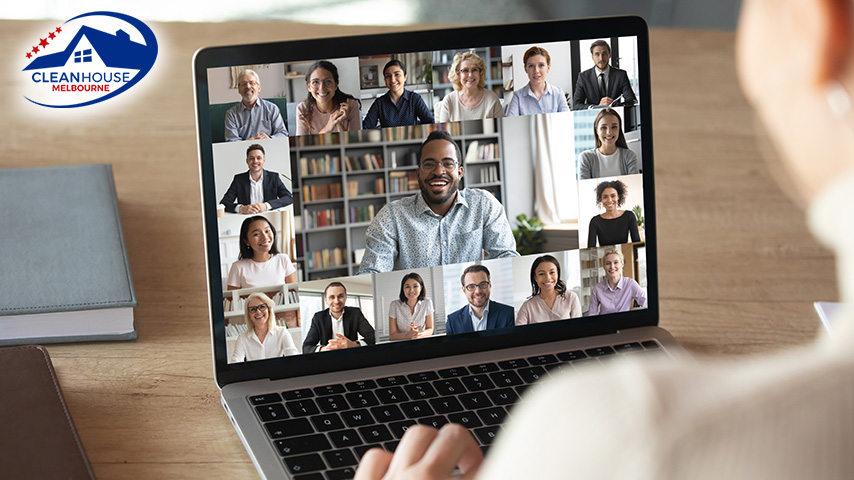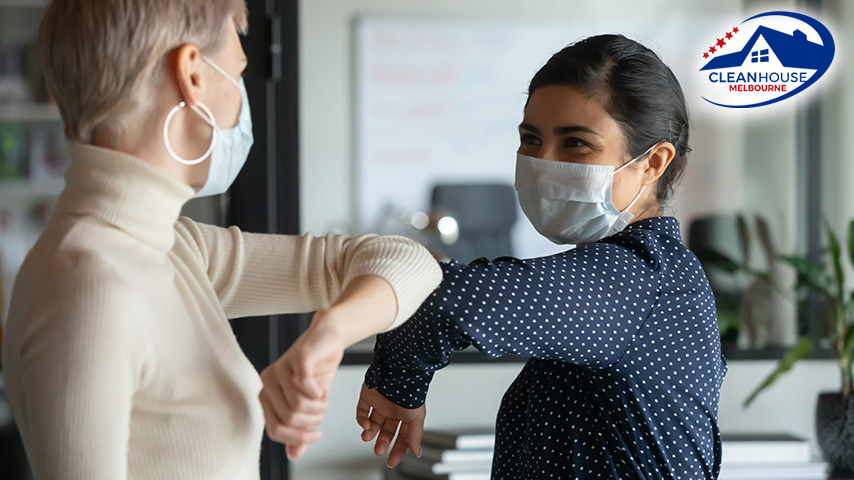What do you do when your employee is positive to Covid-19? While no employer prays for such, it can happen; hence, you need to prepare your mind and put machinery in place to handle such case.
The same way government globally is strategizing for economy take-off, business owners are probably compiling their business plan, positioning their team, and trying to figure out a new working arrangement off-site for you, your employees and the customers as a whole. Alongside this, you will be faced with a challenge you couldn’t have thought of months ago immediately one of your workers informs you they have tested positive for COVID-19.
If you haven’t faced this before, there is every likelihood that you will. But you shouldn’t be worried as you can handle this comfortably with the tips discussed in the book.

This guide is available to help public agencies get ready and tackle a confirmed COVID-19 coronavirus case in the workplace. It will discuss:
- what employers in Australia need to know about the COVID-19
- infection control advice on environmental cleaning for COVID-19 in-home and workplace
- the steps to take when the person of concern is currently at the workplace
- the things to do if a worker is tested positive for Covid-19
- roles of businesses and businessowners to curb and lower the transmission rate among workers.
Note: When you download the e-book through the link provided, you will have access to all the guides needed to handle COVID-19 cases that may arise in your workplace.
How can Australian Businesses avoid COVID-19 Pandemic?
As you have already known, coronavirus transmits from person to person. A COVID-19 patient can have hundreds of contact, which subjects those contacts to the virus. This is what led the world to where we are today. However, businesses can avoid the outbreak of coronavirus in the business environment by doing very simple things.

- The first thing to do is to encourage and enforce personal hygiene. This implies that employees have unrestricted access to hand sanitizer (those containing 60% to 95% alcohol) and hand wash.
- Make sure to continually remind people to cough into elbows and regularly clean surfaces.
- Maintain the 1.5m social distance at all time
- Put a mask whenever in the vicinity to other people
- Work from home if possible
- Go out ONLY when necessary, important and urgent.
- Have physical contact ONLY with the people who live with you
- Resist the temptation to gather with friends and family
- Drive your car or take an Uber instead of using public transport
- Go shopping for necessities out of pick hours, ideally very early mornings or late evenings.
- Another way to prevent an outbreak of coronavirus is to make sure workers stay in their homes if they do not feel too well. Instruct them to self-isolate for 14 days if they or someone closer to them is tested positive with the virus.
- Sanitise all the high touch areas in the office every single day. If a lot of people traffic through your business, a more frequent maintenance sanitising plan would be preferable.

Response to confirmed COVID-19 Coronavirus Case
The following should be performed by an employer or manager that is suspecting a person who has visited the workplace has tested positive for COVID-19:
- Identify the work area and affected workers
This might include an office, a shared area, or an entire floor based on the person’s interactions. Healthcare agencies should be cautious enough to close off any possible exposed area of the workplace in order to give workers peace of mind. Contact the information line of the Coronavirus Health for more advice.
- Send worker(s) home
Instruct affected workers to leave the place of work, instantly, go into self-isolation in their home or when possible, and wait for further instruction from the health department and/or the agency. Contact the information line of the Coronavirus Health for more advice.
- Plan for appropriate communications
Employers should understand the emotional and physical impact of COVID-19 on the wellbeing of their workers. Employers should notify all affected workers:
-
- A person in the workplace has been infected with COVID-19 (and let them know there is a strict rule about maintaining the privacy of the infected person).
- They should observe self-isolation at home unless given the green light by the Department of Health Contact Tracing Unit or CEO that returning to the workplace is safe.
- Anyone identified to have been in close contact with the infected person will be contacted by the Department of Health Contact Tracing Unit, and workers must follow the guideline provided by the Department of Health. Workers who have not been in direct contact with the affected person are not required to observe self-isolation.
- They should check:
- VIC.gov.au or the HR team of the agency for leave entitlement information
- Department of Health for information related to health
- The worker assistance program services of the agency are available for all workers in case they need personal support for themselves or immediate family.
- Cleaning and Disinfection
Quickly arrange for thorough cleaning and disinfection of the workplace in accordance with recommended cleaning advice for businesses before informing workers that it is safe to resume work. The government already has increased regular cleaning and disinfection of offices. You can learn more about our office COVID disinfection.
- Work from Home
Plan everything necessary for remote working during the self-isolation period, checking the agency’s guidance about working from home.

When are Employees Cleared to return to Work after Recovery from COVID-19?
Employees who have been isolated after being tested positive for COVID-19 can resume work when they are fully recovered and cleared by the public health unit from the isolation centre. Each requirement may vary based on workplace situations, and states and regions may control clearance from isolation in different ways.
Clearance may be issued by the public health authority or the clinician treating the persons. There are certain requirements for approval that apply to health care and aged care workers. Though this is subject to change, these employees should consult medical personnel or the Public Health Authority on whether they have met the requirement for clearance from isolation before they can resume work.

FAQs about Disinfect from COVID 19:
- What should an employer do if an employee tests positive for COVID-19?
Employers must isolate the worker immediately, notify staff, and arrange for deep cleaning of the workplace. - How should affected areas in the workplace be managed?
Close off and clean the affected areas according to health guidelines before resuming use. - What steps should be taken to notify other employees?
Inform staff of the case, maintain confidentiality, and advise close contacts to self-isolate. - Is deep cleaning required after a positive COVID-19 case?
Yes, a thorough cleaning and disinfection of the affected areas are necessary. - Can the infected employee return to work immediately after isolation?
The employee must be cleared by health authorities before resuming work. - How can businesses prepare for potential COVID-19 cases?
Establish protocols, maintain hygiene standards, and ensure PPE availability for staff. - Why is maintaining employee confidentiality important?
Protecting privacy encourages transparency and complies with legal requirements. - How can employers support their staff during isolation?
Provide health and mental support resources, and facilitate remote working options. - What role does PPE play in reducing workplace COVID-19 risks?
PPE helps minimise the spread of infection, protecting both staff and customers. - What information should be included in communication with staff about a positive case?
Details on isolation procedures, available support resources, and next steps for safety.
Conclusion
Note that workers who have been tested positive to COVID-19 may only return to work after receiving medical clearance in accordance with the Department of Health guidelines. Coronavirus is our enemy. Let’s join hand together to win this battle and restore our economy. Get a complete instructional checklist on WHAT TO DO WHEN YOUR EMPLOYEE IS POSITIVE TO COVID-19 here.


 Email Us
Email Us Whatsapp
Whatsapp


